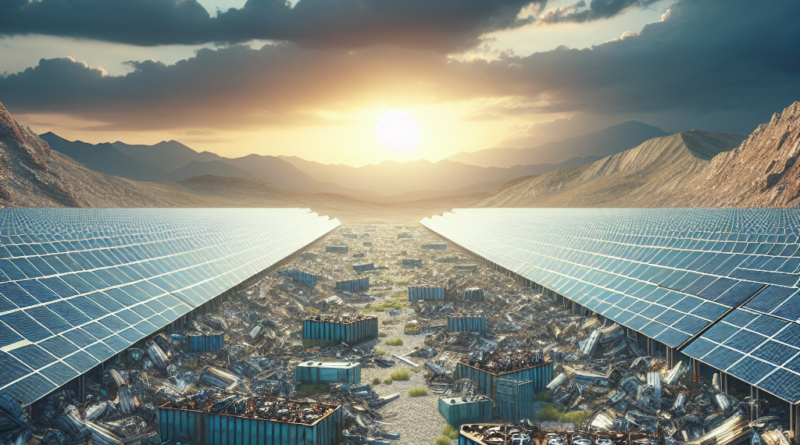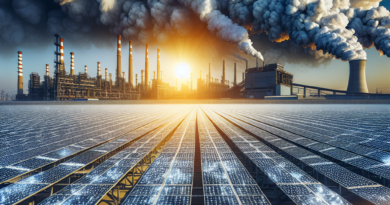The Rise of Solar Power: A Revolution in Energy Production
Are Solar Panels with Battery Storage Still Necessary?
With the arrival of summer, Europe is witnessing a significant shift not only in climate but also in the electricity sector: negative energy prices.
This trend could revolutionize the way we conceive and use solar panels.
According to a recent report by Green Power Denmark, the number of hours with negative electricity prices is steadily increasing, with significant peaks during daylight hours.
This change is attributed to the growing amount of solar and wind energy in the electrical system, which has exceeded demand in certain time slots.
Consequently, producers find themselves paying consumers for the excess electricity fed back into the grid.
While low energy prices may seem advantageous for consumers, experts like Kristian Rune Poulsen warn that in the long run, they could indicate an imbalance in the power grid.
Prolonged hours of negative prices could hinder the development of green solutions, jeopardizing the transition goals towards more sustainable energy sources.
The phenomenon of negative prices raises important questions about the future of green energy.
While consumers benefit from reduced energy rates during the summer, the long-term impacts on renewable energy development must be considered.
Meanwhile, there is an opportunity for savings: purchasing a solar panel system without battery storage.
Solar Panels without Battery Storage: When Is It Convenient? How Does It Work? How Much Can You Save?
When Is It Convenient?
Solar panels without storage refer to a system that produces electricity during the day but does not store energy in batteries for later use.
The generated energy is either used immediately or fed back into the grid, without the need for a storage system.
This type of system is convenient when the energy produced by solar panels is sufficient to cover household consumption during daylight hours, and nighttime consumption is not high.
Furthermore, if the investment in batteries outweighs the actual benefits, opting for a solar panel system without storage can be a more cost-effective choice.
How Does It Work?
A solar panel system without storage is a standard system without an energy storage mechanism.
This type of system only produces energy ready to be used at the moment of production.
During times when the system is not operating, such as at night or on rainy days with limited direct and indirect sunlight, it is still possible to rely on the electric grid (utility bills) to make up for the shortfall.
How Much Can You Save?
An analysis of electricity consumption by time slot reveals that from Monday to Friday, between 8:00 am and 7:00 pm (excluding holidays), opting for a traditional solar panel system without storage is advantageous.
In this context, storage may be considered only for specific uses such as outdoor lighting, security systems, refrigeration units, appliances, heating pumps, or cooling systems.
An approximate saving for a 3 kW solar panel system without storage (costing between 4,500 and 7,500 euros) can be estimated at around 37.50 euros per month, equivalent to about 450 euros per year.
Taking into account an annual system production ranging from 3,000 to 4,500 kWh – depending on climatic conditions and geographic area – with an estimated economic return of about 0.10 euros/kWh, an additional bonus ranging from 210 to 360 euros per year can be generated.
Considering savings from self-consumption and grid exchanges, a maximum annual saving ranging from 660 to 810 euros can be achieved.
This way, the payback period for the solar panel investment varies from 5 to 11 years.
Note: Utilizing tax deductions or invoice discounts can significantly reduce the investment, allowing the recovery of expenses within a period of 3 to 5 years.




